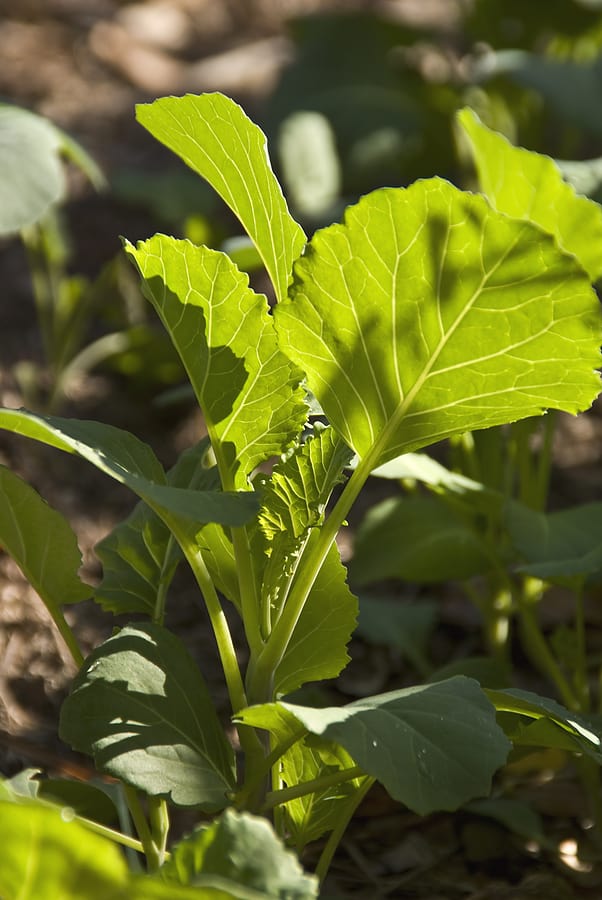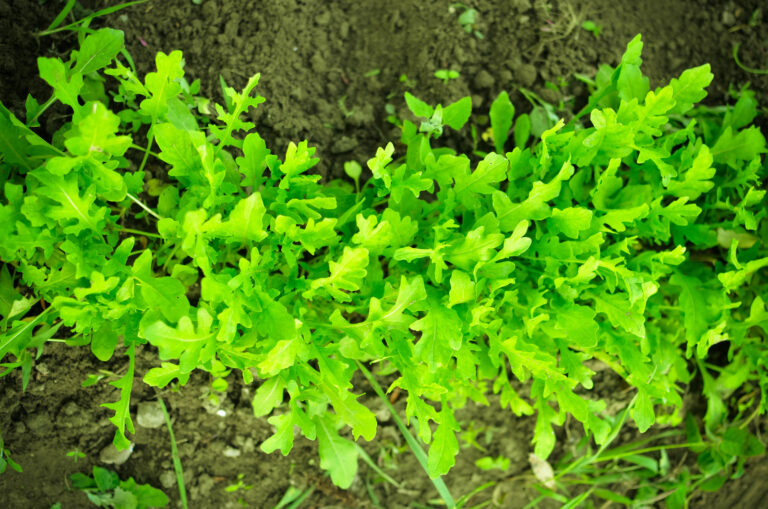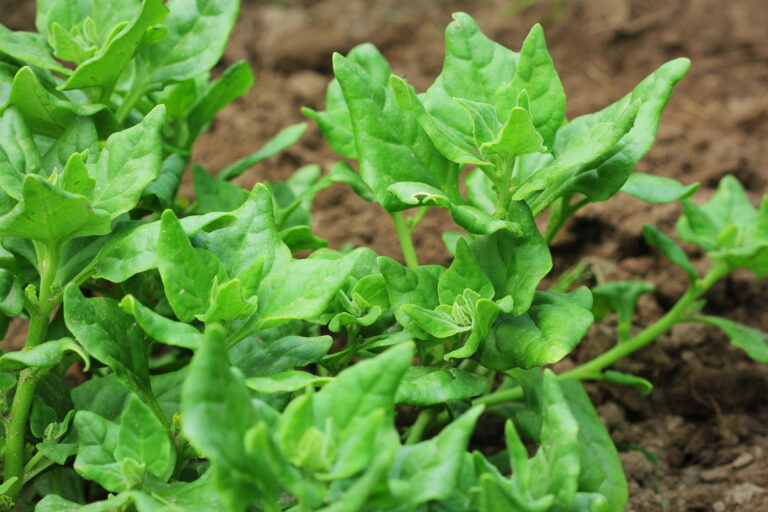Napa Cabbage Planting Calendar: Month-by-Month Guide
Napa cabbage—also called Chinese cabbage—is one of the most dependable cool-season crops when planted at the right time. Over decades of growing Asian brassicas in spring and fall, I’ve learned that Napa cabbage rewards precise timing with tight, sweet, heavy heads. Plant even a few weeks too early or too late, and you risk bolting, poor head formation, or pest pressure.
This month-by-month planting calendar gives you a clear roadmap to success, whether you garden in a cool, mild, or warm climate.
Napa Cabbage Planting Calendar (Month-by-Month)
This calendar applies broadly across regions; adjust slightly for your frost dates and climate.
January
- Start planning your early spring crop.
- Order seeds for heading and non-heading Napa varieties.
- In mild-winter areas, begin starting seeds indoors late in the month.
February
- Start seeds indoors 6–8 weeks before your last frost.
- Keep seedlings at 55–65°F to prevent legginess.
- Harden off plants on mild days.
March
- Transplant seedlings outdoors 1–2 weeks before your last frost.
- Direct sow once soil reaches 50°F.
- Protect early plantings with row covers to prevent flea beetle damage.
April
- Continue sowing every 2–3 weeks for a succession of spring crops.
- Watch for warming temperatures; bolting risk rises above 75°F.
- Mulch early to steady soil moisture.
May
- Finish all spring sowing early in the month.
- Shift to shade-cloth protection if temperatures rise quickly.
- In warm regions, pause planting until late summer.
June
- Too hot for productive Napa cabbage in most climates.
- Use this time to prep beds for fall crops—add compost and remove weeds.
July
- Begin starting fall Napa cabbage indoors (6–8 weeks before fall planting).
- Choose bolt-resistant varieties for late-summer transplants.
- Keep seedlings cool and evenly moist.
August
- Transplant fall seedlings outdoors.
- Direct sow if your first frost is still 10+ weeks away.
- Water deeply during heat waves—heat stress prevents head formation.
September
- Excellent month for fall sowing and transplanting.
- Shortening days help plants bulk up without bolting.
- Start watching for cabbage worms and loopers; use row covers if needed.
October
- Harvest early fall plantings.
- Continue sowing in mild-winter climates (West Coast, Gulf Coast).
- Apply compost or organic fertilizer to support head development.
November
- Harvest large, firm heads from fall crops.
- In mild climates, sow a last round for winter harvests.
- Use frost cloth in colder regions to extend the season.
December
- Harvest winter crops in mild regions.
- In cold climates, clean and prep beds for early spring planting.
- Evaluate variety performance for next season.
Napa Cabbage Timing Tips from Experience
- Spring plantings must mature before heat arrives.
- Fall plantings are the most reliable and produce the heaviest heads.
- Napa cabbage grows best in steady 55–70°F temperatures.
- Plant every 2–3 weeks for continuous harvests.
- Always keep soil evenly moist to prevent splitting and loose heads.
Conclusion
With the right timing, Napa cabbage becomes one of the most dependable and rewarding cool-season vegetables. This month-by-month planting guide gives you a structure you can adapt to any climate, helping you enjoy crisp, sweet, tender Napa heads from spring through early winter.
Napa Cabbage Learning Hub
Start here: The Ultimate Guide to Growing Napa Cabbage
Napa Cabbage Planting & Timing
- When to Plant Napa Cabbage in Spring and Fall
- Napa Cabbage Planting Calendar: Month-by-Month Guide
- Best Soil and Site Conditions for Napa Cabbage
Napa Cabbage Starting & Transplanting
- How to Start Napa Cabbage Indoors Under Lights
- Direct Seeding vs. Transplanting Napa Cabbage: Pros and Cons
- How to Harden Off and Transplant Napa Cabbage for Strong Growth
Napa Cabbage Care
- Watering Napa Cabbage: How Much and How Often
- How to Fertilize Napa Cabbage for Big, Tight Heads
- Protecting Napa Cabbage from Heat, Bolting, and Sun Stress
Pests & Diseases
Harvest & Storage
- How to Harvest Napa Cabbage Without Splitting or Cracking
- Storing Napa Cabbage for Weeks: Simple Home Preservation Tips
Containers & Small Spaces
Varieties
- Best Napa Cabbage Varieties for Home Gardeners
- Short-Season Napa Cabbage Varieties for Cool Climates
Companion Planting





